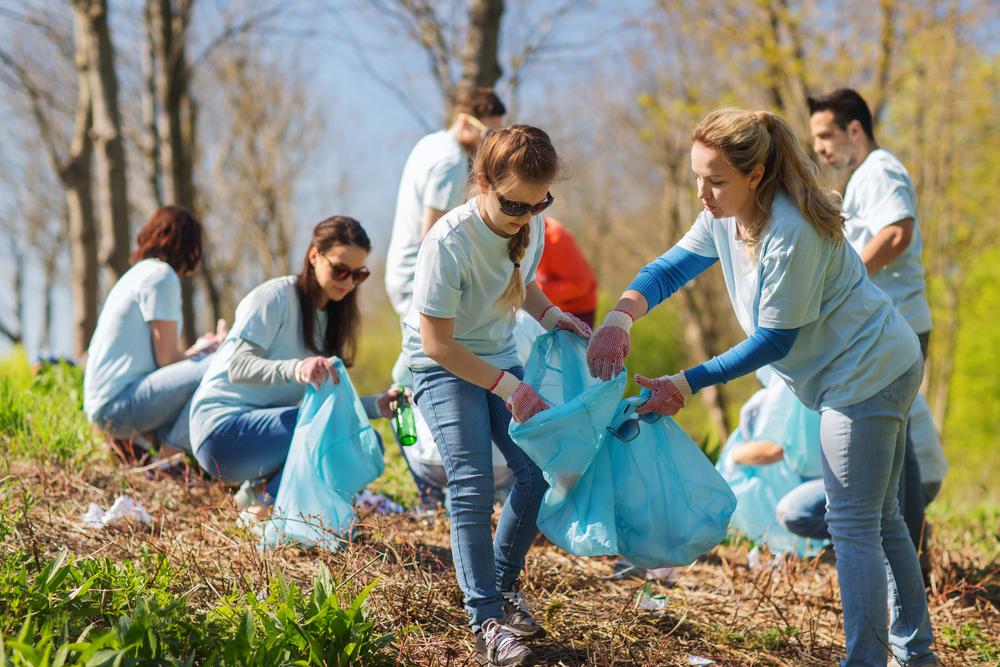Becoming a volunteer is a great way to make new friends as you bond over a shared passion and the chance to make a positive difference in the world. Even though you aren’t getting paid, it is a job—so treat it as such.
Day One
Arrive at least 15 minutes early and sign the volunteer sheet, or fill out any other paperwork required. This is particularly important for high school students who are getting credit hours for their work. If you’re sick or an emergency crops up, call immediately; people are counting on you. Treat your supervisor or team leader and fellow volunteers with courtesy and kindness.Dress codes vary—doing a beach cleanup will be different from working on a political candidate’s campaign. The key is to dress comfortably, neatly, and appropriately. If you aren’t sure what to wear, ask.





